Compatibility of barbs with other fish

It is absolutely certain that most people have thought about purchasing an aquarium with fish at least once in their life. After all, an aquarium with colorful fish swimming in it is not only very beautiful in terms of design, but also incredibly interesting in terms of acquiring new knowledge and skills. Novice aquarists do not immediately acquire fish breeding skills, so they try to start at first unpretentious fish to care for, for example, barbs.

Features of the character of barbs
These fish are quite attractive in appearance. According to the scientific classification, they belong to the carp family. Under natural conditions, these representatives of the aquatic fauna live in fresh water bodies, are rather large in size. Their homelands are Africa, India, China and Indonesia. Aquarium varieties of barbs are very small in size, the average is within 5-8 cm, and in the largest individuals - no more than 12 cm.
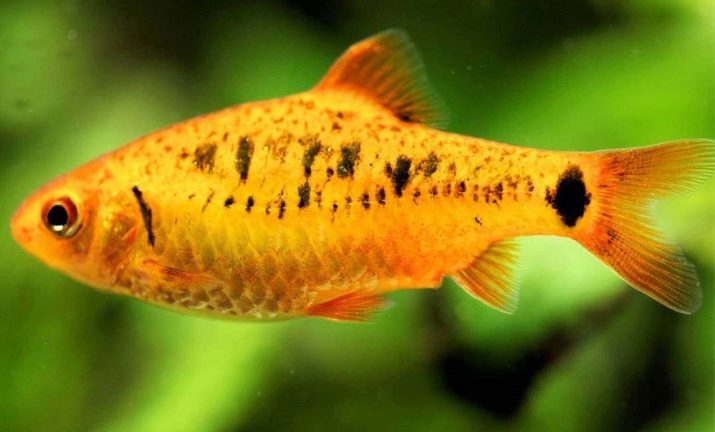
Barbs are nimble and curious fish, they swim in the aquarium rather quickly and like to "explore" the corners and cracks hidden from human eyes. For their activity, they are often called watchdogs, since their behavior is somewhat reminiscent of the behavior of dogs, not fish. They are not only unpretentious with regard to the purity of the water, but also not very capricious with respect to the type of food.
Keeping these fish is easy, the main thing is to take into account their active behavior. And since they are schooling fish, it is best for them to be surrounded by individuals of their own species. To suppress their sometimes excessively aggressive behavior, 7-8 fish in the aquarium are enough - so they will less bother with the "neighbors", and more engaged in sorting out the relationship between themselves. It is not worth keeping more than 8 individuals in the aquarium, because they will begin to bully other inhabitants of the aquarium and, with great persistence, win back space for themselves.
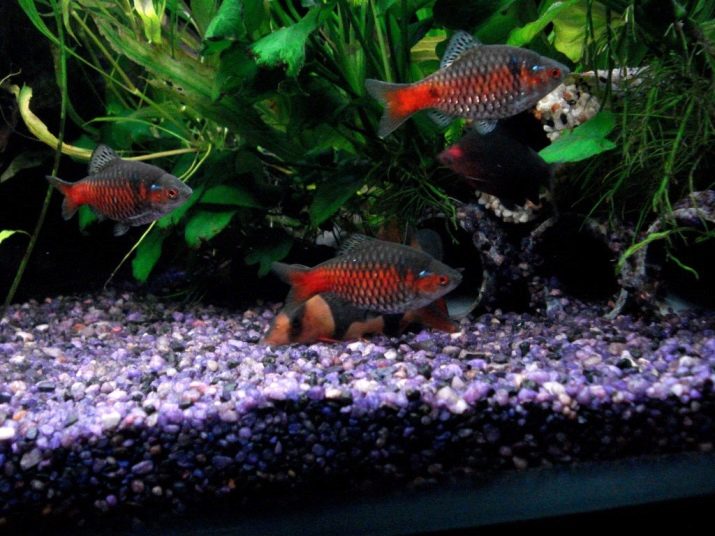
Their aggressiveness is in direct proportion to belonging to one of the varieties. Before purchasing these nimble fish, it is worthwhile to understand in more detail the aquarium species.
- The most cocky and pugnacious are the fish belonging to the Sumatran species. They are characterized by an average size of no more than 5-7 cm and a rather bright color. The body of the fish is literally all "lined" with black wide vertical stripes, perfectly combined with the main golden background. There are individuals with four and five stripes.

- The fire barb differs from the Sumatran one in color, body structure, and behavior. Representatives of this variety do not grow more than 8 cm in an aquarium, they have a more peaceful disposition.

- Cherry barbs - the fish are calm and even a little shy, which makes them different from their relatives.
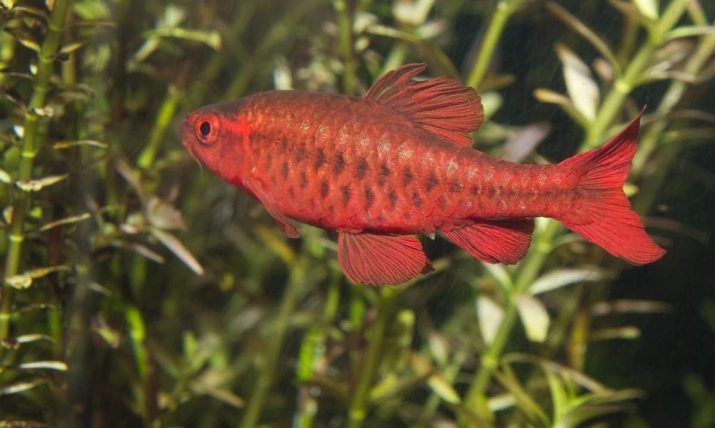
- Black variety belongs to the most popular fish and therefore has almost every aquarist. The body shape of a typical representative has similar outlines to the Sumatran barbus, but the color is completely different. Although stripes are present, they are not as pronounced as in Sumatran individuals. In addition, the brightness of the stripes depends on the conditions. The more green plants in the aquarium, the brighter they are.

- Barbus linear it is distinguished by its peaceful character and bright colors. In typical representatives, the basic tone is golden yellow. Individuals of this species can grow up to 8-10 cm in length. Males are smaller and brighter than females.
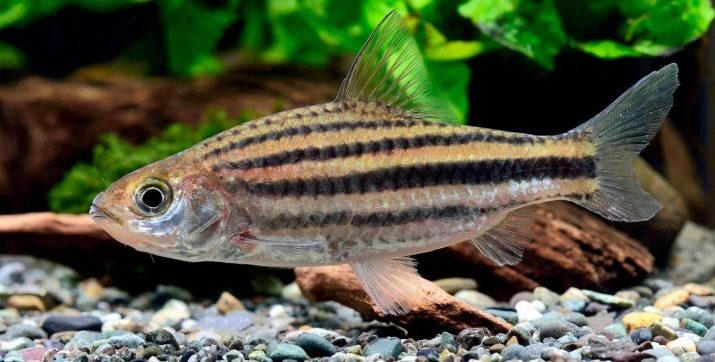
- Barbus clown (everett) - the fish is very active, mobile and jumping, but with a peaceful character. Feels comfortable in a group of 6-7 individuals who like to stay in the lower layers of the aquarium.
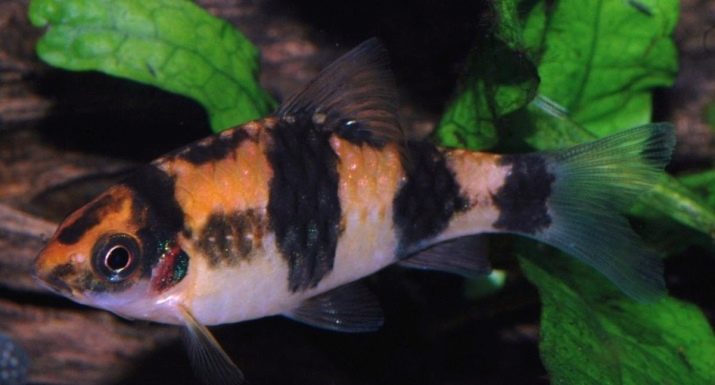
- Barbus mutant is a rather rare and valuable fish of one of the forms of the Sumatran variety. Has an unusual and interesting character. Very mobile and playful, generally peaceful. Their aggressive nature manifests itself in those cases, if suddenly they are left alone - without a pack. In a flock, these individuals do not terrorize other representatives of the aquarium. Most active during the day.

Factors affecting compatibility
When populating an aquarium with fish of various species, you need to consider the factors of their compatibility. These factors primarily include the degree of aggressiveness and territoriality of certain species.
Barbs, as already noted, are active and playful fish, in some cases even aggressive, so a spacious and preferably rectangular aquarium will be the best option for them.
The more free space, the lower the likelihood of fights between barbs and other species for the territory.
These fish are big badass, so very often other inhabitants of the aquarium who live nearby hide from them. In order for them to have somewhere to hide in the aquarium from fidget barbs, it is necessary to purchase green plants and artificial shelters. The thicker the thickets in the aquarium, the more intact other types of fish will be.

In addition to those named above, other factors of the coexistence of different fish in one aquarium are of no small importance. For example, it is very important for our "heroes" to live in a pack. To distract the attention of barbs from other types of fish, it is better to purchase not one, but two or even three varieties of these fidgets. So they will take care of each other and pay less attention to calmer neighbors.
Besides, under no circumstances should you settle viviparous fish in the same aquarium with barbs... For predators of barbs, fry are a delicacy, so they will not calm down until they have exterminated everyone.
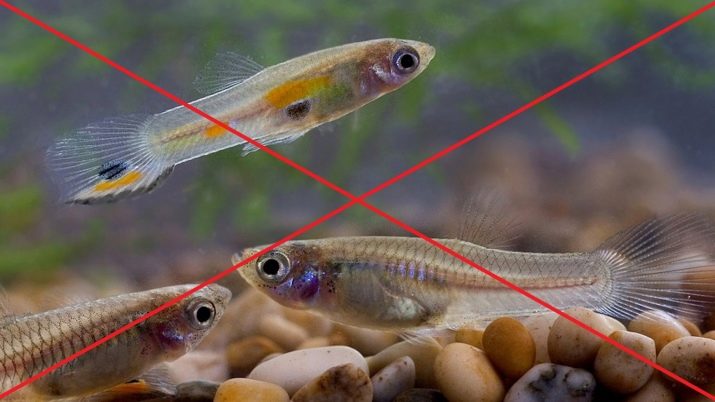
Such a factor as the layers of habitat of different species can help place even such fish that, it would seem, absolutely cannot live together. And all this is possible only because fish that prefer to spend time in the bottom layers are unlikely to be able to intersect with surface species.
AND, of course, one of the basic rules is a sufficient amount of food... A deficiency can lead to fights. The feed should be varied and in sufficient quantity. It is best to feed the nimble fish of the described species with bloodworms, tubifex, cyclops and daphnia.
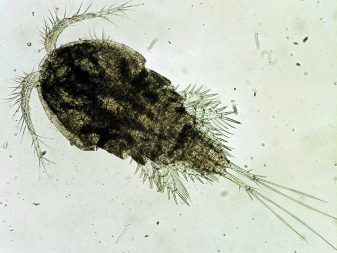
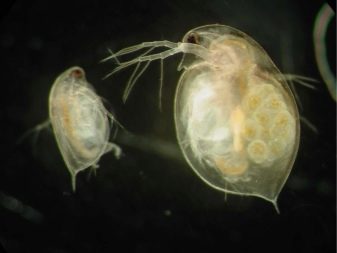
What breeds of fish do they get along with?
There is a table that contains the most popular types of aquarium fish and shows the degree of their compatibility. The “+” sign means that the fish are compatible, the “-” sign means the absolute incompatibility of the species, and the “0” sign means that it is possible to combine, but with some reservations.
According to the table, our "watchdogs" will get along well with swordsmen, labeos, iris, plekostomuses, rasbora, platies, bocias, gourami, zebrafish, corridors and scalars.
The best neighbors for them will be swordsmen, which are not inferior to barbs either in activity or in aggressiveness. Gourami and thorns are quite nimble, they can fight back, so they will get along quite easily in the same aquarium with barbs.
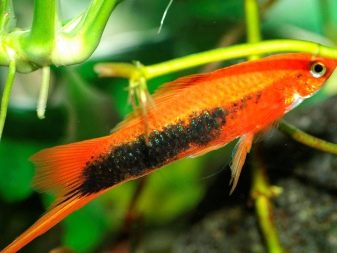
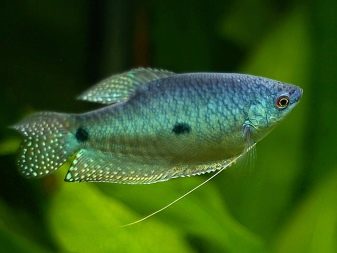
Mollies and barbs, as a rule, do not notice each other, which means that they may well exist together.
The Sumatran barb will get along well with the zebrafish. The latter are not shy, not particularly capricious and quite active. In addition, zebrafish with their bright transverse stripes go well with the color of Sumatran barbs.
Catfish are another species that will get along well with barbs. In an aquarium for catfish, the lower layers of water are favorite places, while nimble barbs prefer to swim higher. Ancistrus, as a representative of the chain-mail catfish family, will feel great in the same aquarium with barbs. They are quite peaceful and prefer to hide under artificial shelters most of the time, rather than engage in battles with other inhabitants.


With whom is cohabitation possible, but not very desirable?
It is possible to settle with some types of barbs, but nevertheless, their neighborhood can hardly be called desirable, because you will have to comply with some rules of residence, which is not always possible to do.
For barbs, not very good neighbors are: cichlids, discus, loaches, guppies and shrimps.
For rather large and aggressive cichlids, it is important that the territory in which they live belongs only to them, so restless barbs for them are not the best option for neighborhood.
You can keep barbs with cichlids, but on condition that the cichlids are young and the barbs are adults. But when the first ones grow up, they will have to be planted, otherwise there will be no barbs in the aquarium.
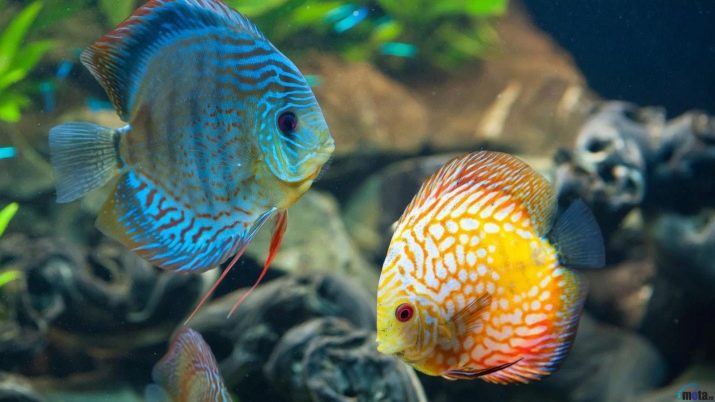
Compatibility with guppies is possible provided that both fish are planted in the aquarium at a young age. But it must be remembered that barbs can turn beautiful guppy fins into a kind of ragged rag, so living together is also not a good idea.
Ampularia and shrimps are rather phlegmatic inhabitants of the aquarium, so living together with cocky barbs is highly undesirable for them. There is a high probability that the tendrils of the ampullae will be gnawed, and the shrimp will simply disappear.
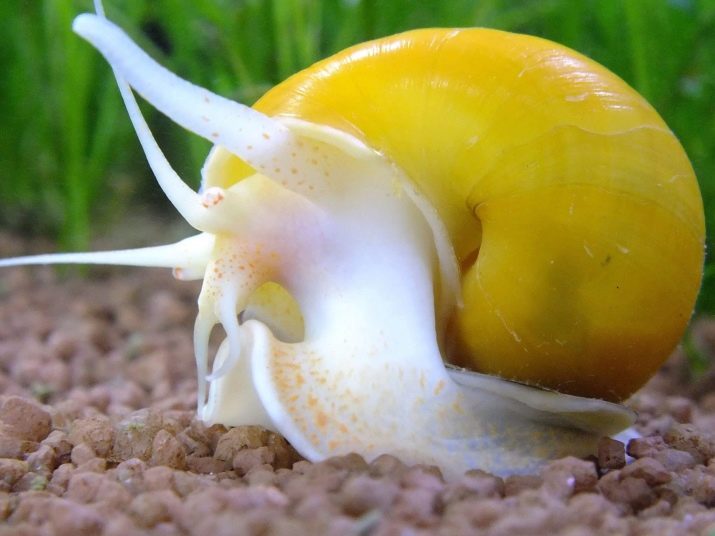
With whom is joint content contraindicated?
They absolutely do not get along in the same aquarium with barbs: veil-tails, goldfish, neons and astronotuses.
Veil-tails have very beautiful and bright fins that will undoubtedly attract the attention of the ubiquitous barbs. Calm veil-tails are unlikely to be able to dodge them, so the fins will be bitten off rather quickly. In addition, the temperature regime for veil-tails is somewhat different - they prefer cooler water than barbs.

Neons are delicate, sensitive and poorly tolerant of stressful situations, so cocky barbs are not at all suitable for them as neighbors.
With astronotuses, barbs cannot be planted for quite the opposite reason.
Astronotuses are predators, and they are quite impressive in size.
Little barbs cannot overcome them, and they will not be able to hide, since astronotuses will find them everywhere. Most likely, after a very short period of time, there will be no trace of the flock of our fidgets.
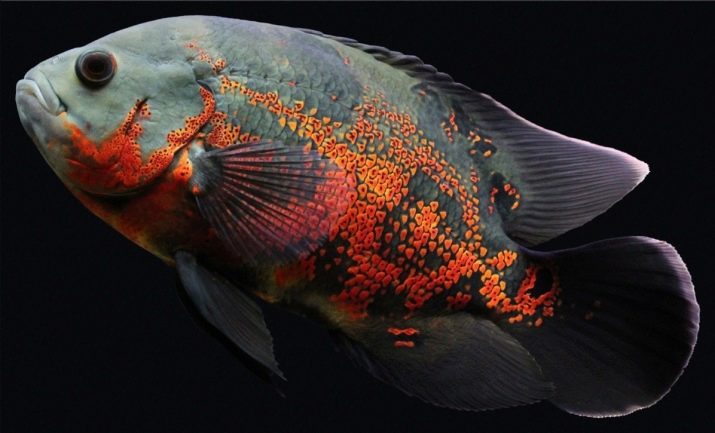
You will learn more about the care and maintenance of barbaruses from the video.








